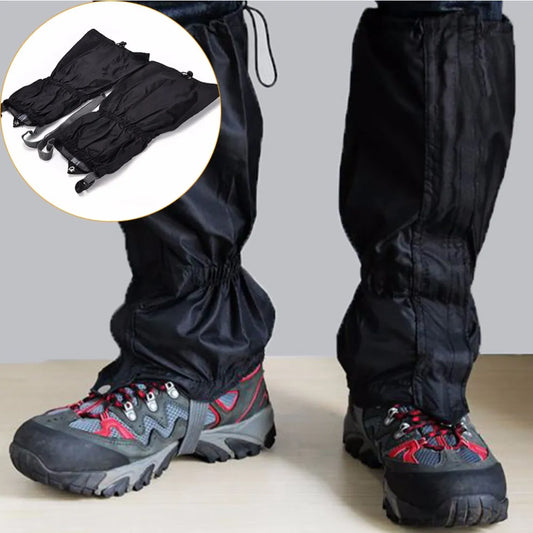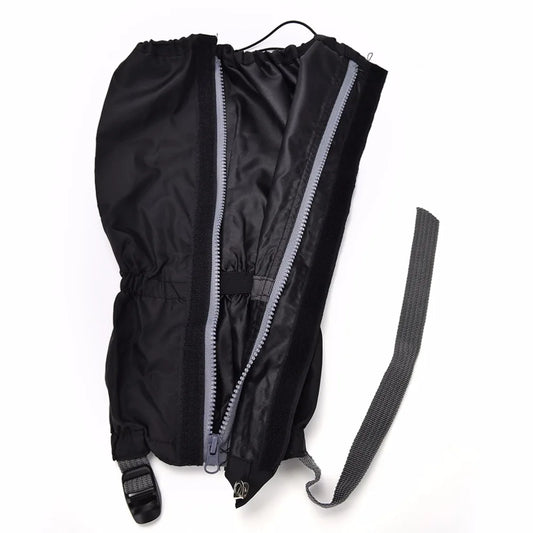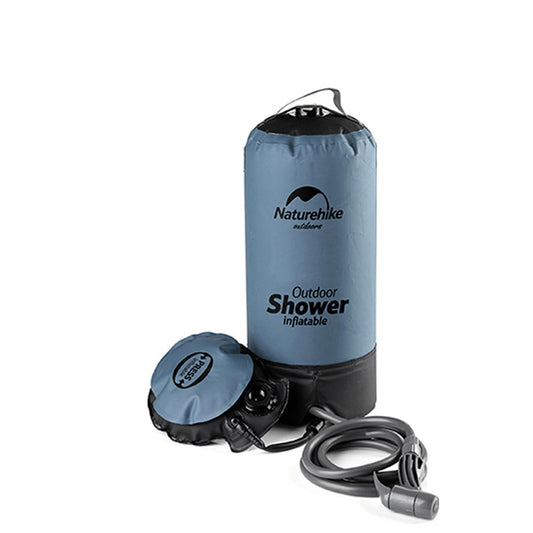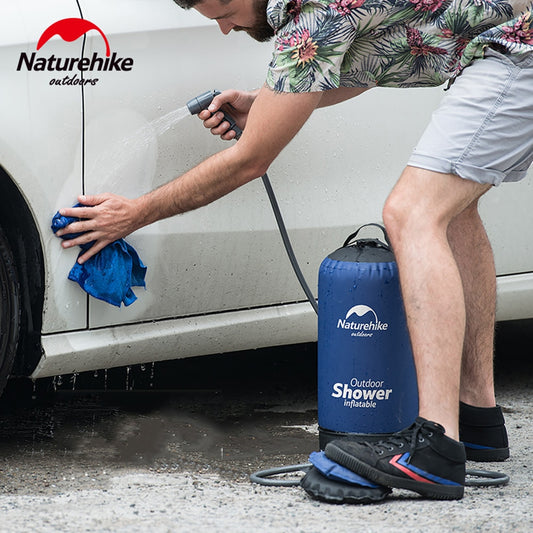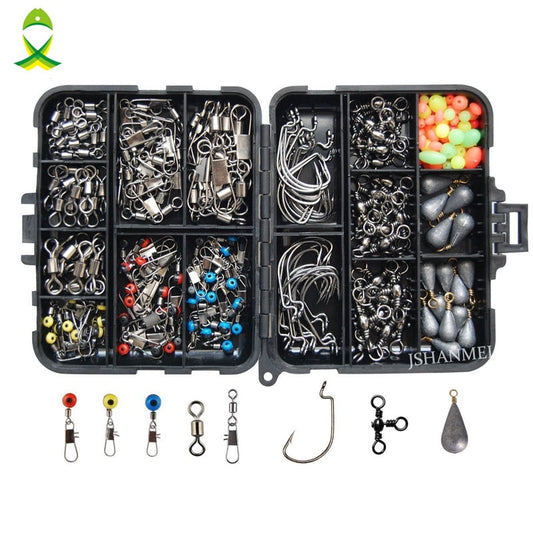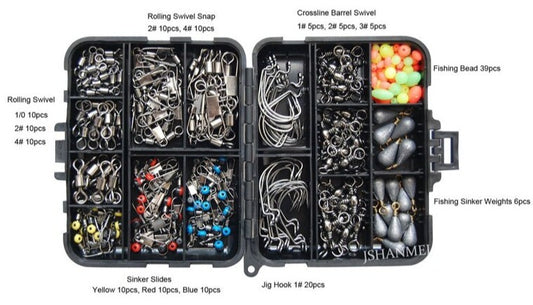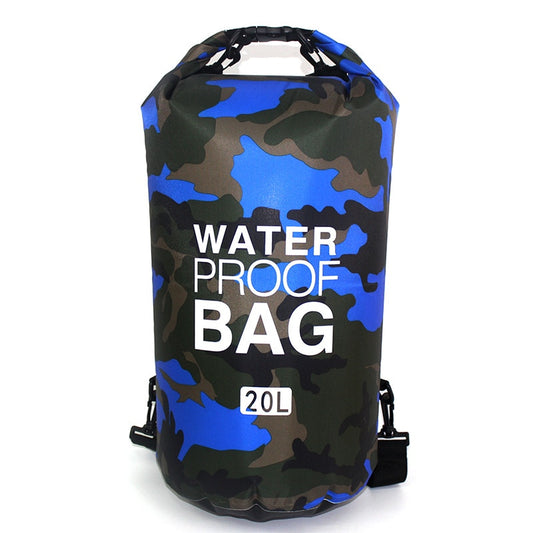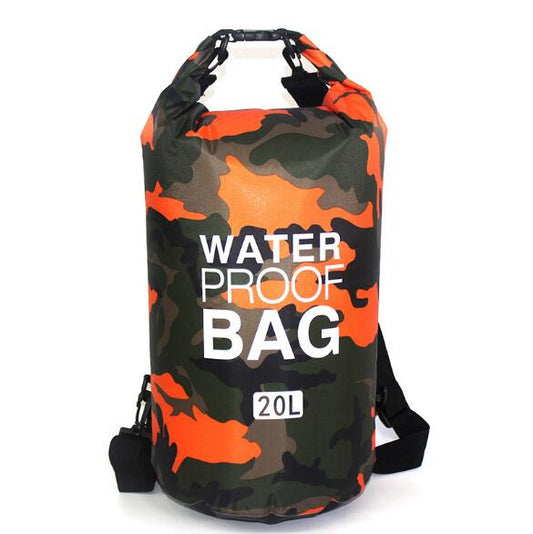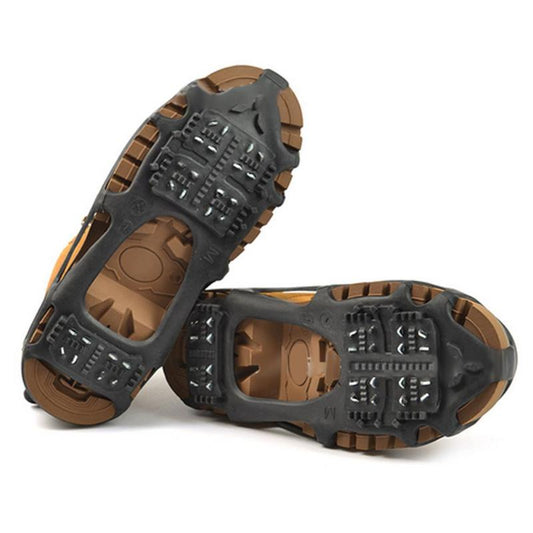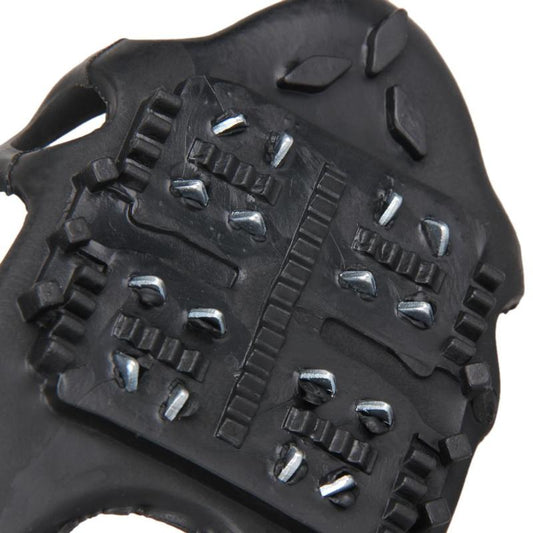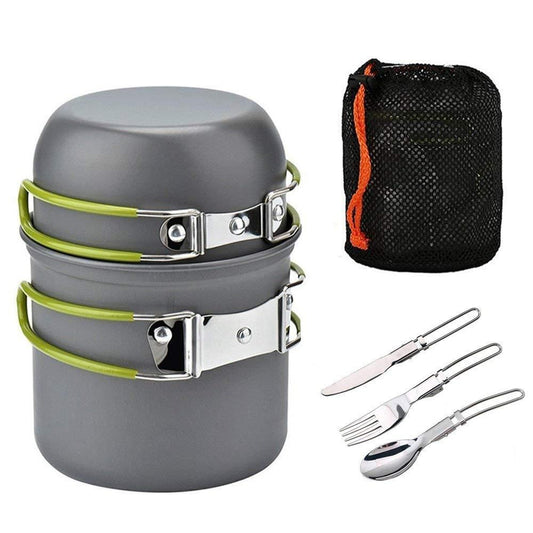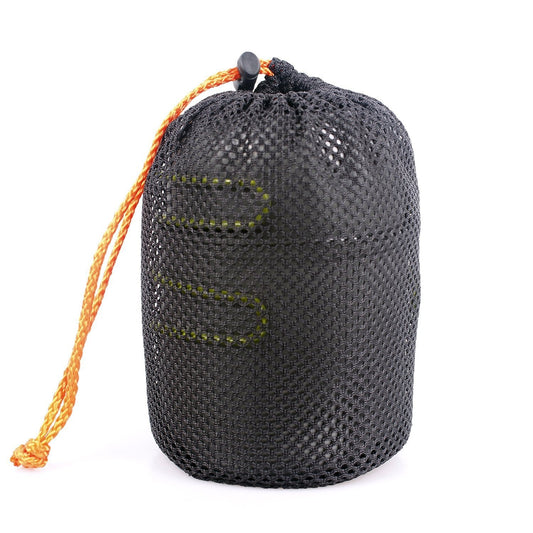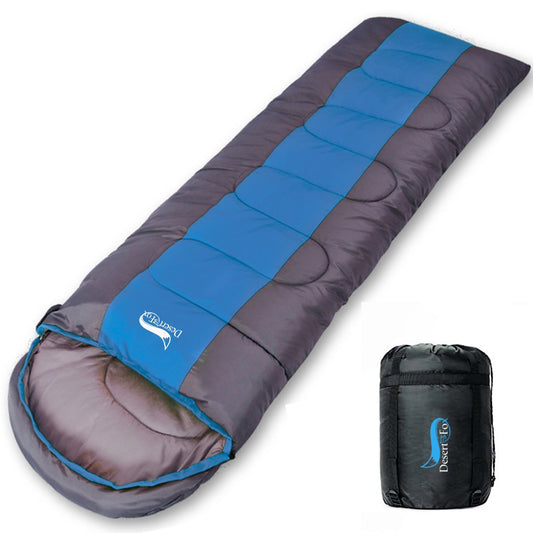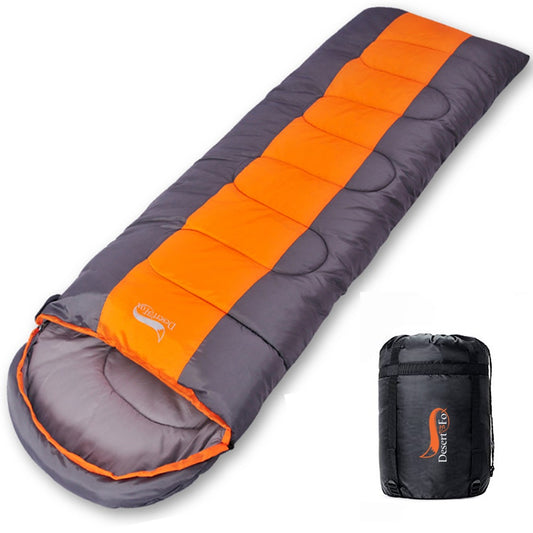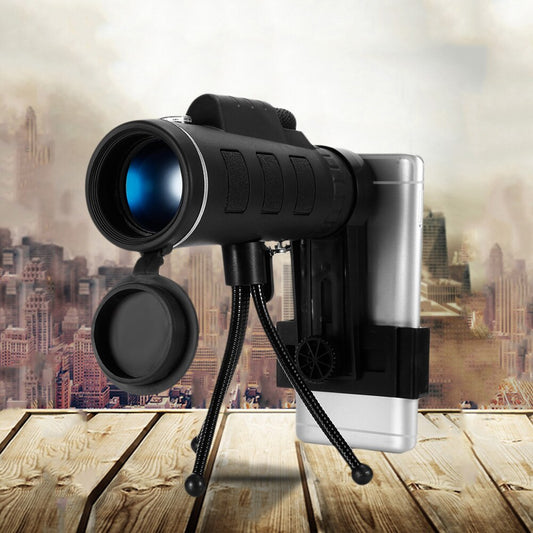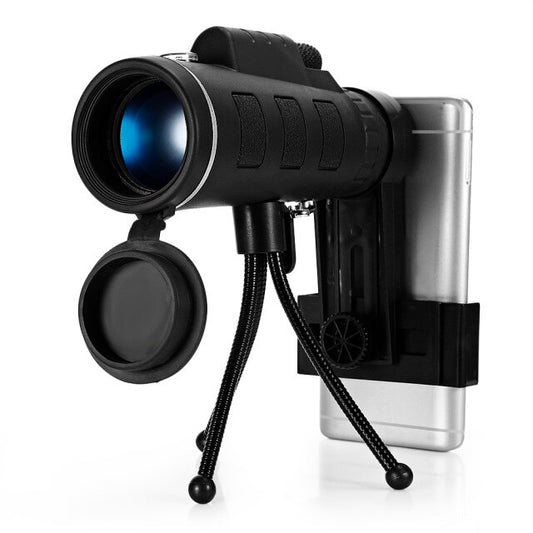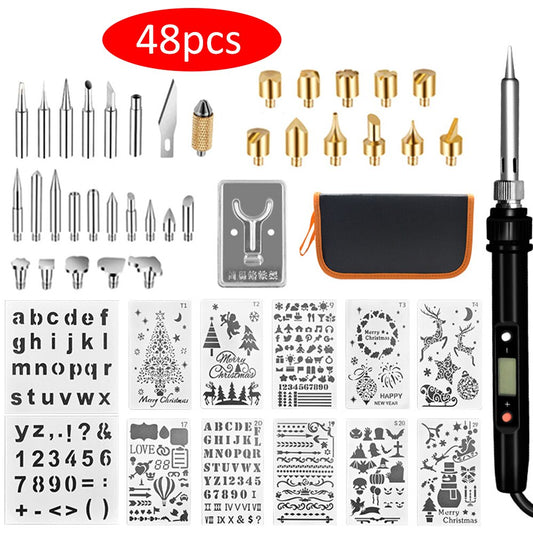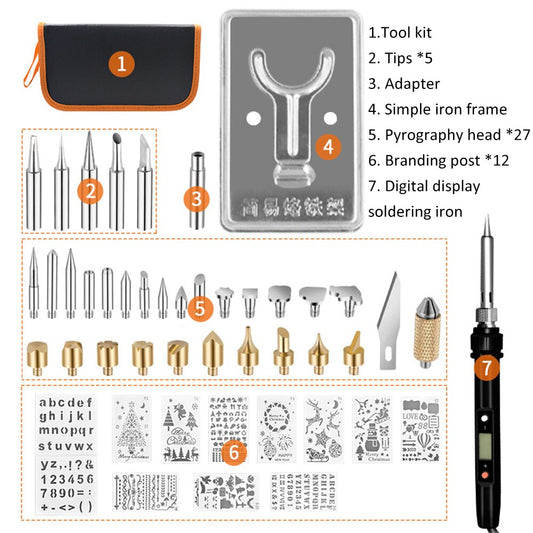
7 Emergency Water Sources Hidden in Your Home
Share
Water is the most crucial resource to have in an emergency situation. In times of crisis, access to clean and safe drinking water can mean the difference between life and death. Here are a few reasons why water should be your top priority in any emergency preparedness plan:

The human body can survive for weeks without food, but only a few days without water. Water is not only essential for drinking but also for cleaning and sanitation purposes. Water is also necessary for food preparation, especially in situations where access to ready-to-eat meals is limited. In emergencies, water is crucial for medical purposes, such as cleaning wounds, diluting medications, and maintaining proper hygiene in medical facilities.
Overall, water is the most important resource to have in an emergency due to its critical role in hydration, sanitation, food preparation, and medical care. It is essential to have a sufficient supply of clean water stored in your emergency kit to ensure your safety and well-being during unexpected situations, but what if you didn't prepare or have your emergency water stored? You'll need to know how to find water sources in your home.
Emergency water sources that you can find in your home
Do you know where to look? Do you know how to access these hidden sources?
Some types of emergencies are:
No Stored Water: If you haven’t purposely prepped some stored water dedicated for emergencies, and if you suddenly find yourself in need of water.
Used Up Your Stored Water: If you have used up your stored water and still need more water.
No Electricity: If the electricity in your town is out for more than 24-48 hours, the pumping stations will be out of order and free flowing running water will cease.
Public Water At Risk: There might be times where the public water you have access to is at risk. Maybe it’s contaminated or has been compromised in some way!
These are just a few examples of many types of emergency situations where you would need to access to hidden sources of water in your home. Is there another type of emergency that you can think of? Leave a comment below and let us know.
6 Hidden Emergency Water Sources in Your Home
1. Water Heaters: This is one reason why I’ll never have a tankless water heater, because I wouldn’t have access to 30 gallons or more of stored water that I access when I need it!
Caution: If your public water supply has been contaminated, be sure to turn off your main water valve that comes into your home to keep your water heater tank contaminate free!
Follow these steps to safely and efficiently access the hot water you need:

2. Toilet Tank: I’m not talking about actual toilet water, but the tank on the back of the toilet can hold several gallons of water and is clean enough for you to use to drink if desperate.
If you’re concerned about the cleanliness of the tank water, keep in mind that each time you flush fresh water refills the tank. It wouldn’t hurt to go in and clean the inside the tank and all of its components every six months to ensure you won’t be drinking bad water.
Caution: Don’t use a static cleaning products in your toilet tank that disperses chemicals like bleach with every flush. This will automatically make the water unsafe to drink.
3. Bath Tubs: If there is any risk of not having access to running water due to some type of emergency where you live, using the bath tub to store water can add up to 100 gallons per bathtub!
4. Ice Cube Reserve: This won’t provide a ton of water, but your refrigerator that has an automatic ice cube maker is one of those hidden emergency water sources that most don’t think about. Just put the ice in a pitcher and let it melt.
5. Greywater System: You can install a greywater system in your home to capture all of the water that we use on a daily basis that ultimately gets wasted and literally just goes down the drain.

6. Build an Air Water Fountain: An air fountain system, which is also known as an atmospheric water generator (AWG). An AWG is a device that generates water by collecting moisture from the air. The system works by drawing in air, cooling it to condense the moisture, and then filtering and collecting the resulting water.
7. Collect & Store Rainwater: Another option is “harvesting” and collecting the natural resource of rain. There are many ways to do this, but most commonly preppers set up 55-gallon water drums that will collect rain from their gutters (like the picture below). Be sure it is legal to harvest water in your town or county. My town will fine you a pretty hefty fee if you harvest water.
Caution: Some towns and cities may have ordinances in place that prevents its residents from harvesting rainwater! Be sure to check before you start harvesting your water.
Take the necessary steps to properly prepare yourself in times of need. It’s better to have it and not use it than not to have it and need it.
Did you enjoy topic and find it helpful? If so, please leave a comment below and share it with your friends on social media.
Presented by Coach Trina at dragoyle.com



